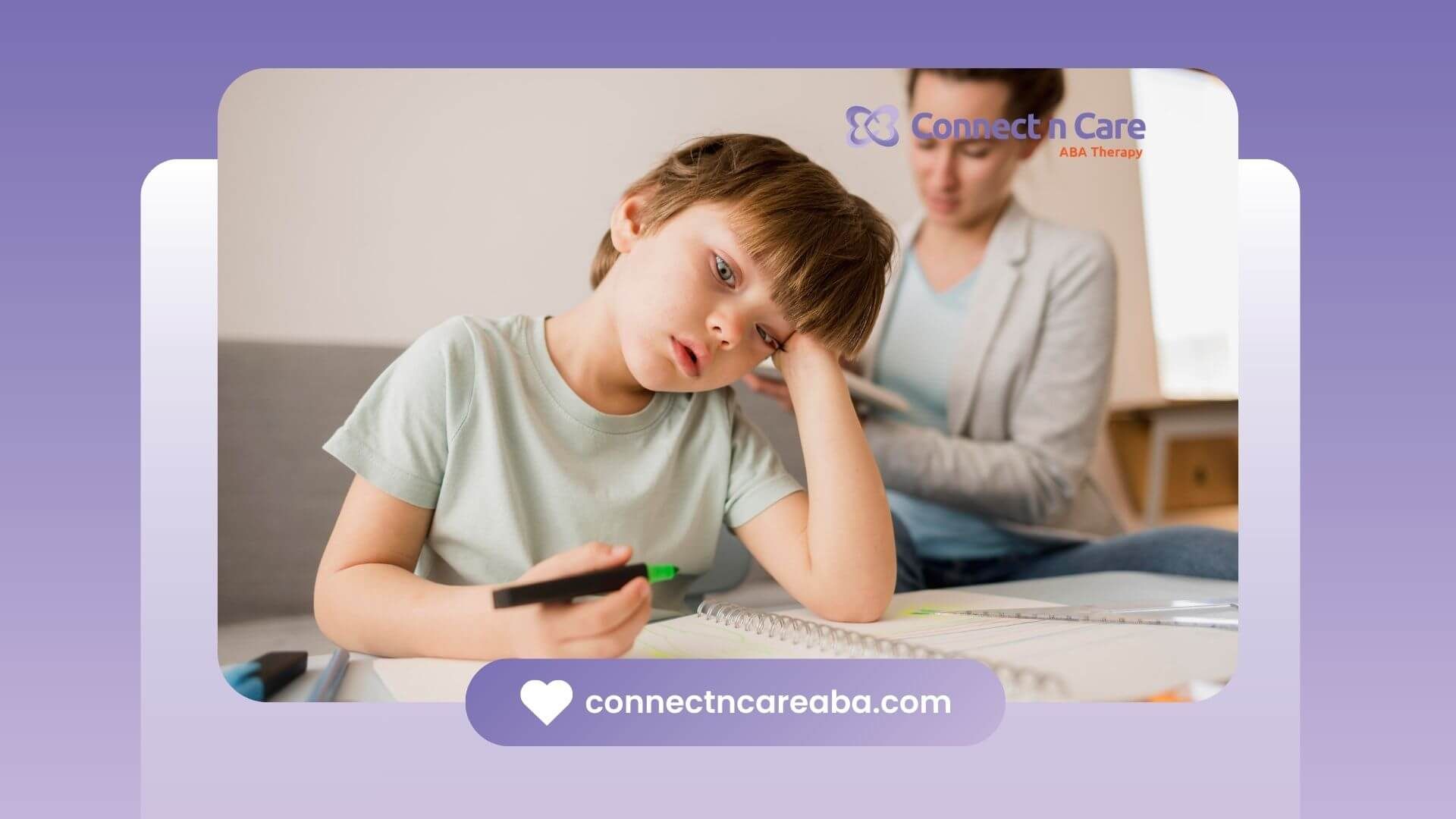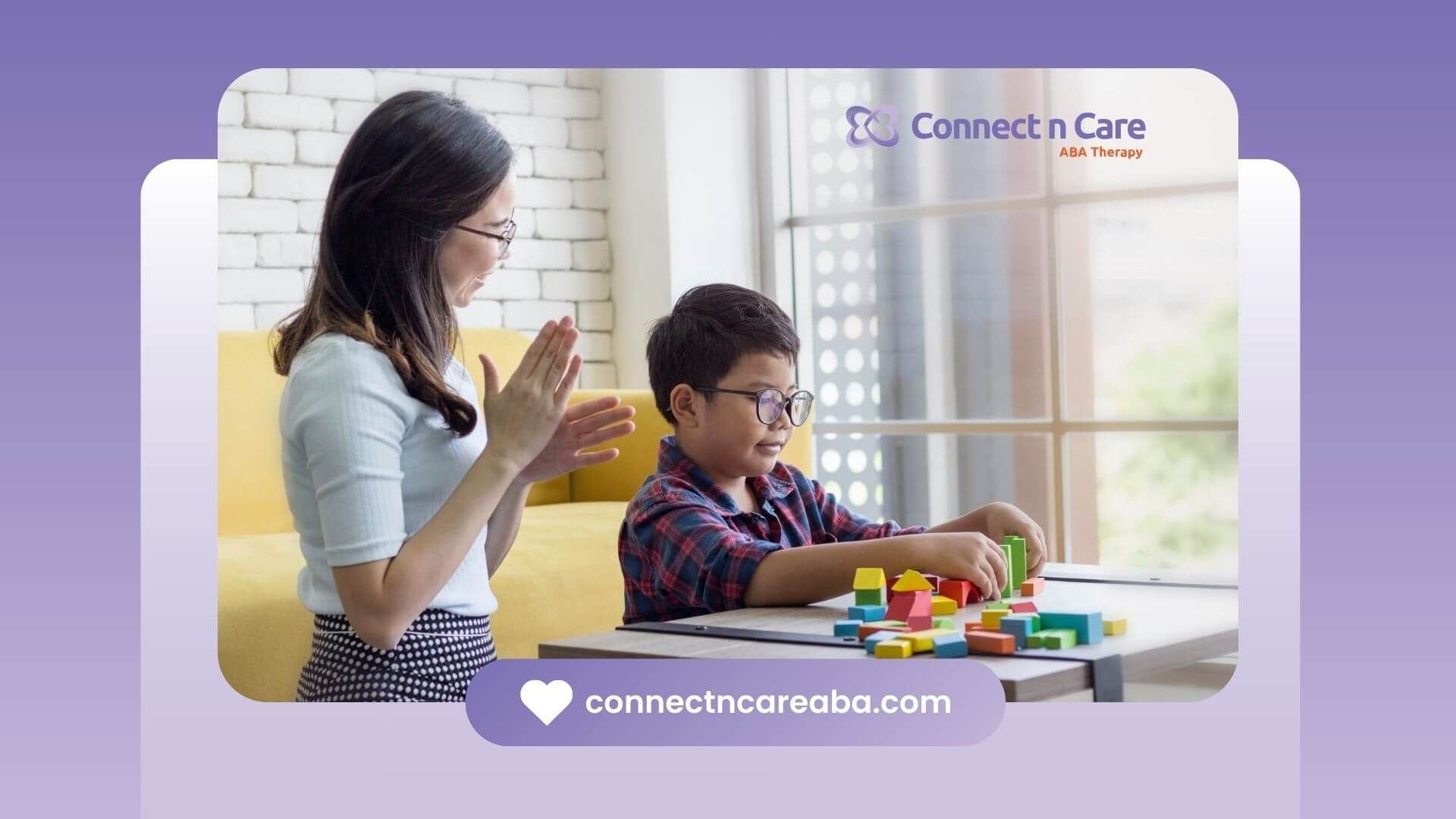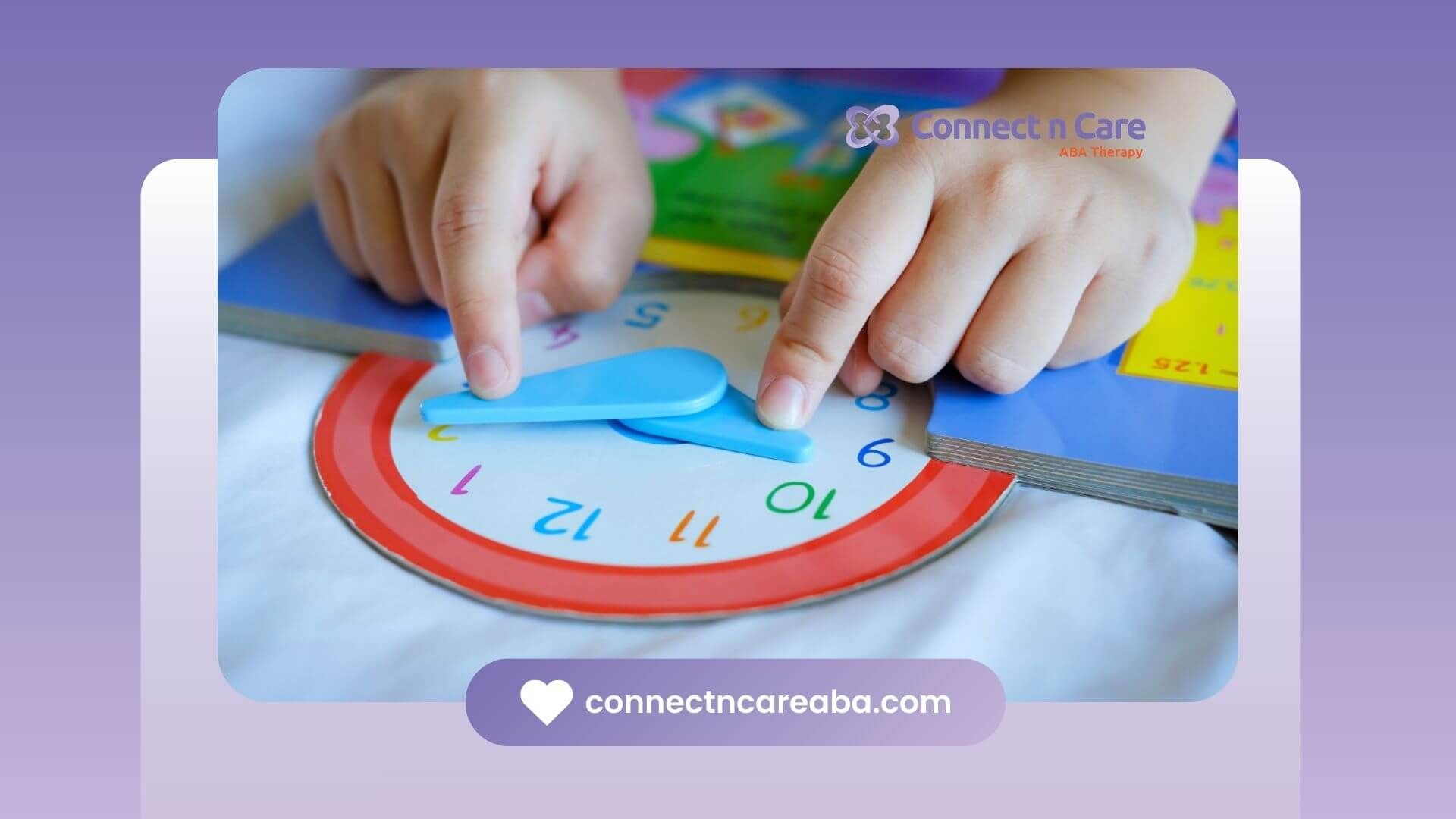Parents often wonder about the difference between autism and sensory processing disorder (SPD), since both can involve challenges with how a child responds to sensory input. While they share similarities, they are not the same.
Autism Spectrum Disorder (ASD) is a developmental condition that affects social communication, behavior, and sometimes learning. Children with autism may have restricted interests, difficulties with social interaction, and repetitive behaviors. Sensory sensitivities, such as being overwhelmed by loud noises or certain textures, are common but not required for an autism diagnosis.
Sensory Processing Disorder (SPD), on the other hand, is not classified as autism. SPD specifically involves difficulty processing and responding to sensory information. A child with SPD might be overly sensitive to touch, sound, or movement, or may under-respond and constantly seek sensory input. Unlike autism, SPD does not necessarily affect communication or social interaction.
Because symptoms can overlap, it’s important to seek professional guidance for an accurate assessment. Understanding the difference helps parents provide the right support and therapies.
At Connect n Care ABA, we specialize in helping families navigate autism and sensory challenges, creating personalized therapy plans that support every child’s growth.
Frequently Asked Questions
Is sensory processing disorder the same as autism?
No. While they can overlap, SPD is a separate condition focused on sensory challenges.
Can a child have both autism and sensory processing disorder?
Yes. Many autistic children also experience sensory difficulties, but not all do.
How can parents tell the difference?
A professional evaluation is the best way, since autism affects communication and behavior, while SPD mainly affects sensory responses.









